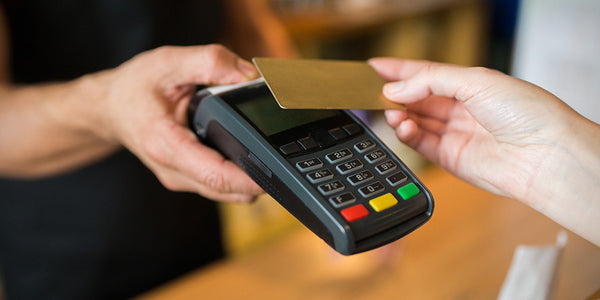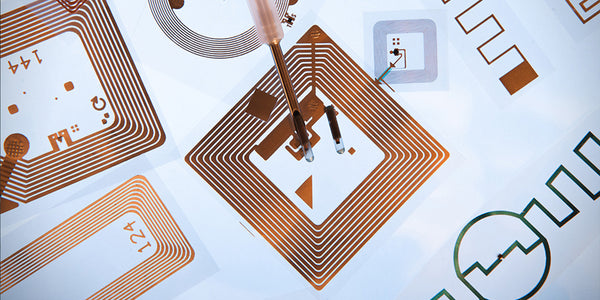
Short for Radio-Frequency Identification, RFID is maybe a more widespread technology than you first realize. In fact, It’s used in everything from credit cards, to anti-theft retail tags, to passports, to toll collection, and has even been used as a passive tracking device (specifically for skiers and snowboarders at Vail Resorts). And while it might seem far-reaching and a bit ethereal, the technology is actually pretty straightforward and easy to understand.
Though they operate largely the same, there are two types of RFID – active and passive. Both use computer chips with electronically stored data onboard (like baking information) and can pass that information through the air via radiowaves without any direct contact or even line of sight – which is the primary benefit over bar codes that need to be seen in order to be read. It’s used in everything from credit cards, to anti-theft retail tags, to passports, to toll collection, and has even been used as a passive tracking device. In fact, the chips can even be embedded into things (including living tissue) and can still transmit the data stored onboard.

The chief differences between the two types of RFID are as follows: active RFID utilizes an onboard power source (like a portable battery) to actively send data from the storage device to a receiver. This type of RFID works not just within a few feet, but can actually function at a range of hundreds of meters from a receiver. Its chief drawback is fairly obvious: it needs power in order to work. The other type, passive RFID, draws power through radio frequencies from a receiver in order to transmit data. This type of Radio-Frequency Identification is most common in things like credit cards, ID cards, and a number of different pay-based systems (from metro cards to bridge and highway toll dongles).
Personal Customise - RFID Blocking Wallet with Cash Strap
RFID Blocking Wallet with Cash Strap
RFID information, however, is not just a random free-for-all. For instance, an RFID reader that is responsible for tracking motor vehicles on a toll bridge can only pick up information from designated RFID tags – meaning if there’s a specific company that makes the RFID technology for one bridge, another company’s tag cannot be read. Similarly, credit cards are designed to create single-use codes each time they interface with an RFID credit card reader, thus keeping your banking information encrypted and safe.
